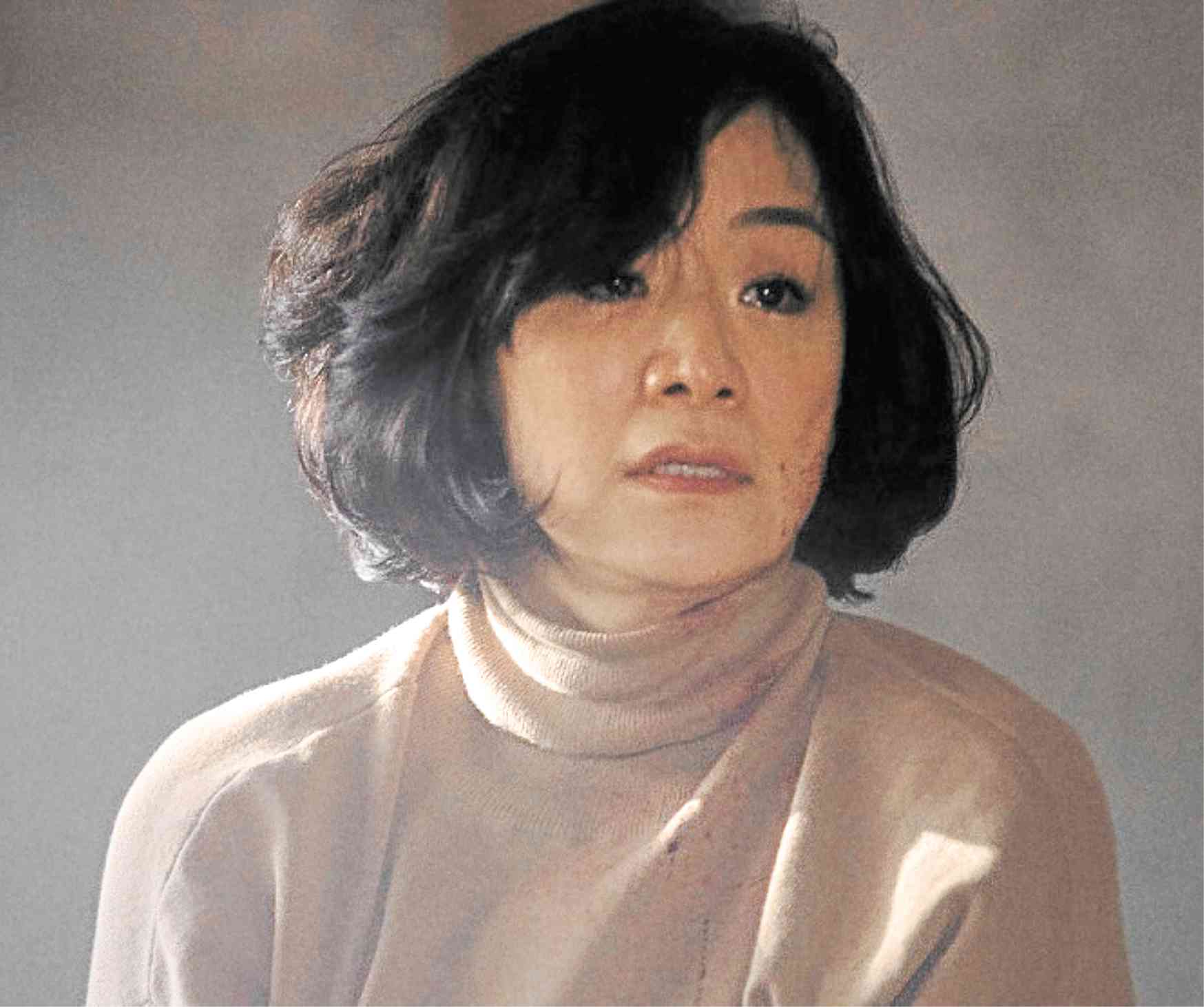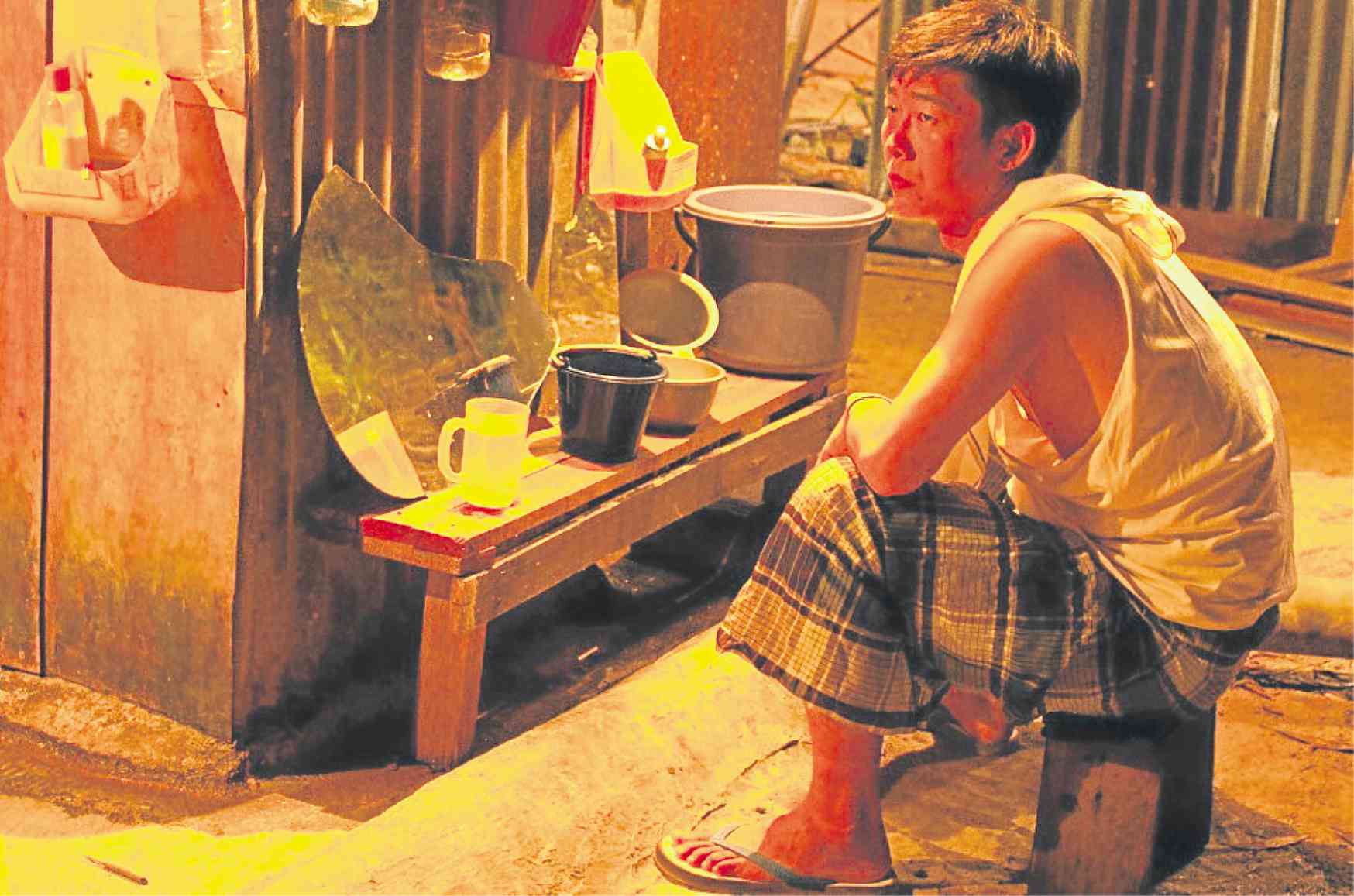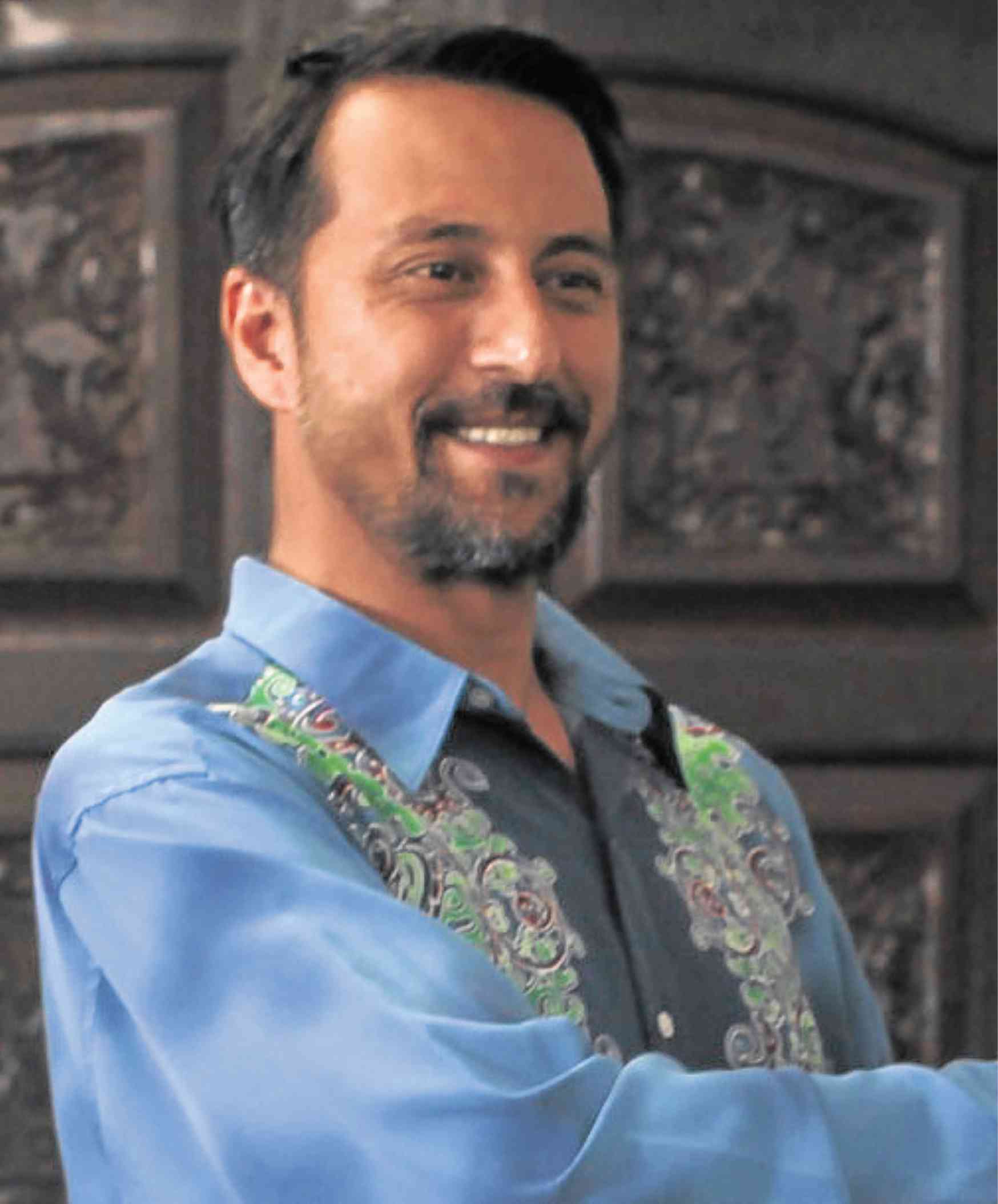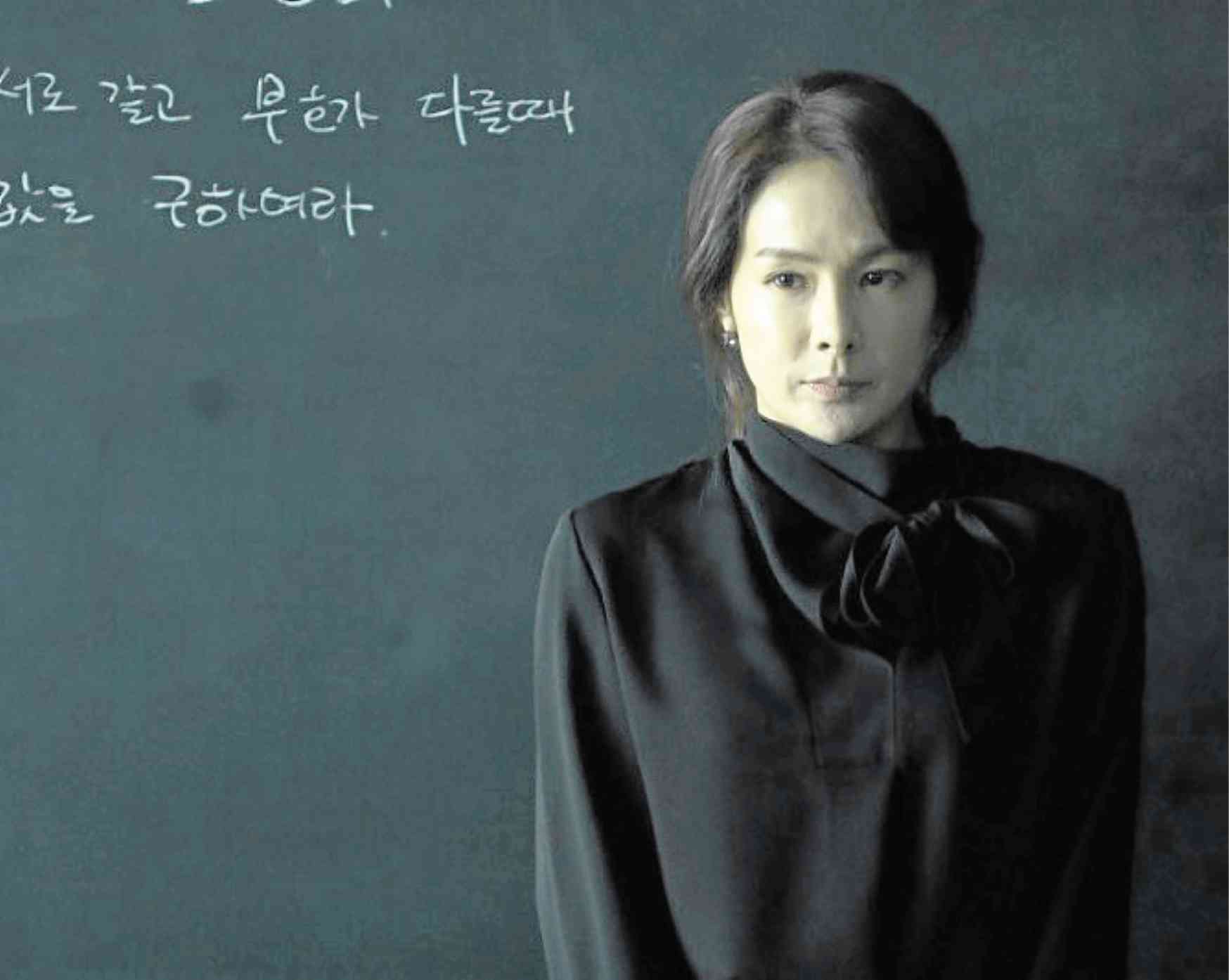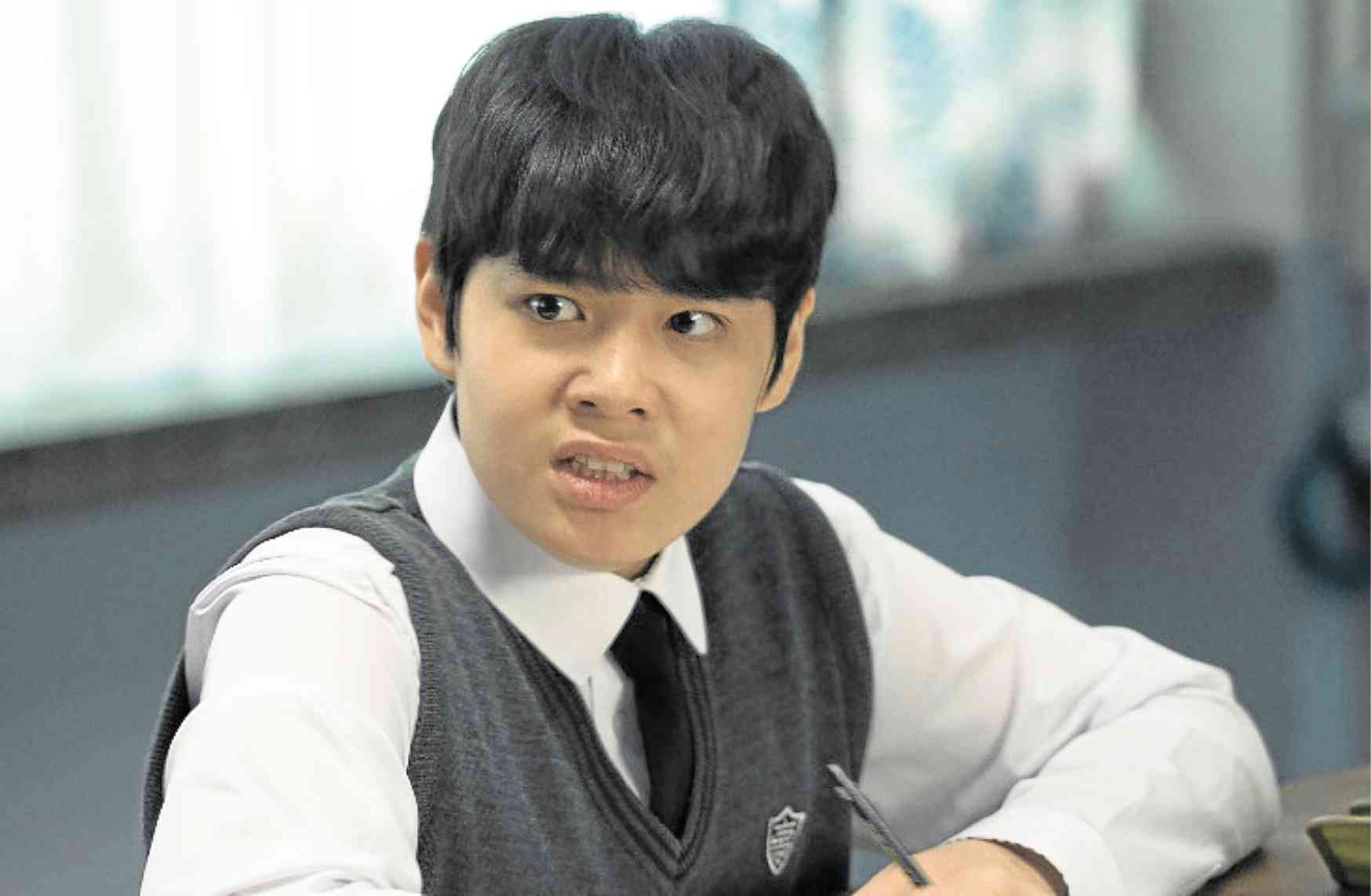‘Folklore’s’ campfire tales spook and spellbind
Every land has hushed tales about superstitions and monsters, often with universally familiar elements. That rings true for spine-tingling Filipino stories, some of which have interesting parallels with those of neighboring countries. Perhaps the proximity has allowed for the mutation of such chilling legends to reflect the culture within their respective borders, while retaining their basic essence.
That’s especially evident in HBO’s weekly horror series “Folklore,” (Sundays, 10 p.m.), which showcases bogeymen from Asian countries. A unifying theme for all six episodes is motherhood—so, wherever these stories are set, themes about parenthood recur, flavoring the aptly grim first season of the show.
Episode 1, “A Mother’s Love,” is set in present-day Indonesia. A cash-strapped mother, Murni (Marissa Anita), and her young son Jody (Muzakki Ramdhan) decide to temporarily move into an empty house she’s paid to clean. They soon discover that the place hides a bizarre secret—which could be the handiwork of an inexplicable, gigantic culprit.
Directed by Joko Anwar, “A Mother’s Love” utilizes a moody atmosphere, suitably enhanced by the shaky parent-child rapport. Anita shines and gives depth to the single mom’s frustration. But, the scare factor slightly diminishes when the featured creature is unveiled. Still, the buildup excellently plays with fundamental fears, from the idea of losing a child to the powerlessness of a grieving parent.
The second episode, Takumi Saitoh’s “Tatami,” centers on deaf Japanese journalist Makoto (Kazuki Kitamura), who goes home to his father’s wake, and is welcomed by his gentle mother (Misuzu Kanno). Then, Makoto’s long-buried memories start to surface.
“Tatami” refers to straw mats, which are said to absorb the energies of people who were on it. The story is tight and twisty, with convincing portrayals by Kitamura and Kanno. However, the makeup used to age the actress isn’t always convincing. It’s a mostly solid episode, nonetheless.
While “Nobody,” the third episode, has some pacing issues, it’s conceptually closest to several of Asian horror’s creepy villainesses. Directed by Eric Khoo, it has a vengeful female ghoul bent on destroying the men she crosses paths with—by devouring them.
A kind and naive construction worker, Peng (Li Wen Qiang), accidentally unleashes the hungry specter. While a character’s motherhood is only mentioned in passing, it plays an integral part in the discomfiting and gory episode.
Meanwhile, Episode 4 is the unexpectedly funny and gripping “Pob,” from Thai auteur Pen-ek Ratanaruang. It follows the story of the titular man-eating ghost (Parama Wutthikornditsakul), who is interviewed by a struggling blogger, Manop (Nuttapon Sawasdee). The latter’s mother is gravely ill and has been confined for some time in the hospital.
Shot almost entirely in black and white, the episode often gets hilarious without losing coherence, offering insights into contrasting cultures, as well as on life and death.
The fifth episode, “Toyol,” is by Malaysian Ho Yuhang. It starts with the demise of a mother and her child, who become pawns in a macabre scheme. Elsewhere, a politician (Bront Palarae) forms an alliance with a mysterious lady shaman (Nabila Huda), who offers to protect his town from mystical intrusion.
“Toyol” is extra-weird, with some disturbing twists and a familiar take on reanimated corpses—the featured creature resembles the tiyanak, or a beast disguised as a baby.
Finally, there’s the Korean episode, “Mongdal,” about a principal, Ok-bin (Lee Chae-yeon), whose teen son, Dong-joo (Jeong Yun-seok), stalks girls he is obsessed with. Director Lee Sang-woo’s visually seamless storytelling and dark humor, aided by the strained mom-son tandem, keep things intriguing, despite the story’s predictability.
In the midst of all the creepy chaos, “Folklore” manages to tackle relatable themes, while retaining cultural individuality. Next season, a Filipino episode will be included on the roster, hopefully with a fresh take on one of our mythic menaces.
